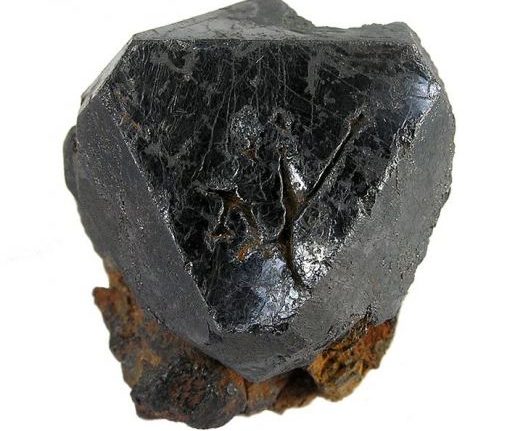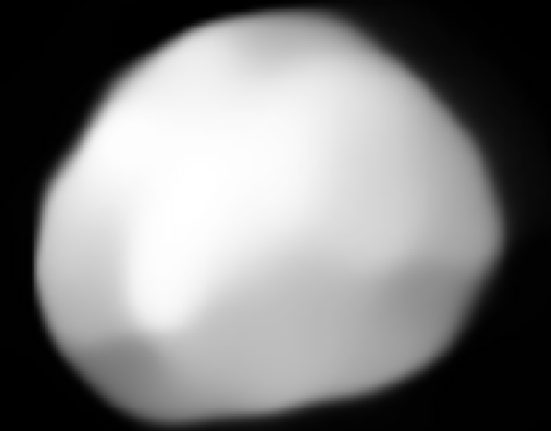MDA Space will make a major change in its next MDA CHORUS satellite constellation that adds a Vessel Detection Onboard Processing (VDOP) system. The system will give the constellation the ability to track and identify vessels on the satellite itself and then “rapidly deliver geointelligence data and information directly to users at sea.”
SpaceQ spoke about CHORUS and the new system with Dr. Minda Suchan, Vice President of Space for Geointelligence at MDA.
In chorus
MDA CHORUS is the company's next constellation of synthetic aperture radar (SAR) satellites. The company described CHORUS as a “collaborative multi-sensor constellation” that uses a pair of C-bands and Iceye developed the X gang radar satellites, with CHORUS surveying wide areas using the C-band radar satellite and performing detailed imaging of small areas using the tracking X-band satellite.
MDA Space says this combination allows the satellites to work together to perform “near real-time (NRT) cross-signaling.” The C-band satellite can survey a large area, detecting points of interest (such as unexpected shipping traffic) and then immediately passing them on to the X-band satellite for further examination.
It will be in an inclined low-Earth orbit, allowing for frequent imaging between ±62.5° day or night and in all weather conditions, and is scheduled to launch late next year on a SpaceX Falcon 9 rocket.

Vessel detection
Dr. Suchan explained that specifically, CHORUS is being modified to add an additional vessel detection subsystem aboard the larger C-band satellite, which will consist of “a signal processor and software to perform vessel detection.” Suchan said this will allow CHORUS's cross-signaling capabilities to operate in a maritime context, where “the lead C-Band satellite will conduct wider area maritime domain awareness collection” and where it will immediately “cue the C-Band satellite X of higher resolution”. to help determine the classification of vessels.”
Suchan said this decision was a result of MDA Space recognizing “the need to deliver geointelligence information products to decision makers more quickly and directly” by adding SAR signal processing to the constellation itself, rather than passing the raw data to ground facilities, analyze it and then send it back to decision makers in the area. Suchan said the addition of this new subsystem to CHORUS, combined with its multi-band cross-signal capabilities, “will enable the delivery of actionable intelligence more quickly to decision makers in deployed theaters.”
A busy year
Suchan noted that this was part of what has been “a very busy year” at MDA Space. Part of that is his decision to change the name to “MDA Space,” which was done “to better reflect our strategic focus, market opportunity and established position as a trusted space mission partner.” Another part, Suchan said, is leveraging “MDA Space's heritage in radar satellites” and the company's “ongoing operations enabling maritime domain awareness missions,” which helped make the decision to add the new system. vessel detection.
It is primarily aimed at security and defense clients. Suchan said the company has been “working closely with government and commercial customers on maritime surveillance,” who have “expressed interest in having a more direct-to-ship capability.”
However, they keep the door open to other clients; Suchan said “it is directly suitable for all maritime missions, including commercial maritime users.” However, Suchan did not provide any specific examples of potential commercial users.













Leave feedback about this